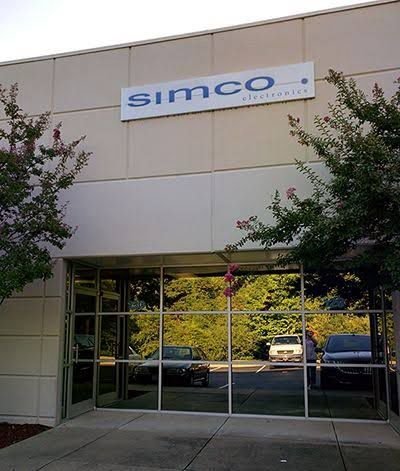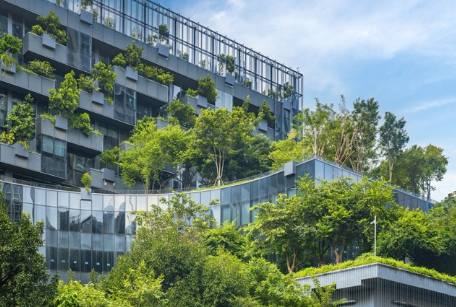Flow Meter Calibration: Ensuring Accuracy in Critical Fluid Measurement Applications
In industries ranging from oil and gas to pharmaceuticals, from water treatment to food production, the accurate measurement of fluid flow is not merely a technical consideration—it’s often the cornerstone of quality, safety, and profitability. Flow meters serve as the critical instruments that quantify the movement of liquids and gases through pipes and channels, providing essential data for process control, billing, regulatory compliance, and product quality. However, like all measuring instruments, flow meters are subject to drift, wear, and performance degradation over time. This reality makes regular flow meter calibration an indispensable practice for operations where measurement accuracy impacts outcomes.
The Critical Importance of Flow Measurement Accuracy
The significance of flow meter accuracy varies dramatically across applications, but in many contexts, even small measurement errors can have substantial consequences:
Custody Transfer and Billing: When flow meters measure product being sold between parties (such as natural gas, petroleum, or water utilities), measurement errors directly impact financial transactions. A 1% error in a large-volume custody transfer operation can represent millions of dollars annually.
Pharmaceutical Manufacturing: Precise fluid flow measurement ensures correct ingredient proportions in pharmaceutical production. Inaccuracies can affect drug potency, efficacy, and safety.
Process Control: Many industrial processes rely on precise flow rates to maintain product quality and consistency. Inaccurate measurements lead to process variability and quality deviations.
Environmental Compliance: Discharge monitoring and emissions tracking often depend on flow measurement. Inaccurate meters can lead to regulatory violations or ineffective environmental controls.
Energy Efficiency: Flow measurements often drive energy optimization decisions in heating, cooling, and fluid transport systems. Inaccurate measurements can lead to energy waste and increased operational costs.
Given these high-stakes applications, flow meter calibration represents not merely a technical procedure but a business-critical practice that protects operational integrity, compliance, and financial performance.
Understanding Flow Meter Technologies and Their Calibration Needs
Different flow meter technologies present unique calibration challenges due to their varying operating principles and susceptibility to specific influences:
Differential Pressure Flow Meters: These meters (including orifice plates, venturi tubes, and flow nozzles) measure the pressure difference created by a constriction in the flow path. They require calibration of both the primary element (the restriction) and the secondary element (pressure sensors).
Positive Displacement Meters: These direct volume-measuring devices trap and count discrete volumes of fluid. They’re susceptible to wear of mechanical components and require calibration to account for internal leakage and friction changes.
Turbine and Paddlewheel Meters: These velocity-based meters use the fluid flow to rotate a turbine or paddlewheel. Bearing wear, blade damage, and deposit buildup can significantly affect their accuracy over time.
Magnetic Flow Meters: These meters measure the voltage induced by conductive fluids moving through a magnetic field. While they have no moving parts, their calibration can drift due to electrode coating, changes in fluid conductivity, or electronic component aging.
Ultrasonic Flow Meters: Using sound waves to measure flow velocity, these meters can experience drift due to transducer degradation, electronic component aging, or changes in pipe conditions.
Coriolis Mass Flow Meters: These high-accuracy meters measure actual mass flow by detecting the Coriolis effect on a vibrating tube. Despite their stability, they require calibration to account for zero drift and scaling factor changes.
Thermal Mass Flow Meters: These devices measure flow by detecting heat transfer from a heated element to the flowing fluid. Calibration must account for sensor contamination and electronic drift.
Vortex Flow Meters: These meters detect and count vortices shed by an obstruction in the flow. Their calibration can be affected by changes in the bluff body geometry or sensor degradation.
Each technology presents unique verification challenges that must be addressed through appropriate flow meter calibration procedures tailored to the specific meter type and application.
See Also: Tech Addiction: Is It Real?
Flow Meter Calibration Methods and Standards
The calibration of flow meters involves comparing their performance against a known reference standard. Several calibration methodologies exist, each with distinct advantages and limitations:
Primary Standard Calibration: These methods directly measure the fundamental quantity (volume or mass) with minimal uncertainty:
- Gravimetric Calibration: Measuring the weight of fluid collected over a precisely measured time period.
- Volumetric Calibration: Using precisely calibrated prover tanks to measure collected volume.
- Piston Provers: Capturing fluid in a cylinder with a precisely measured piston displacement.
Secondary Standard Calibration: These methods use previously calibrated meters or systems as reference standards:
- Master Meter Calibration: Comparing the meter under test to a higher-accuracy meter that has been calibrated against a primary standard.
- Flow Calibrators: Purpose-built systems that provide known flow rates based on previous primary calibration.
In-Situ Verification: For meters that cannot be removed from service:
- Portable Clamp-On Verification: Using non-invasive technologies like ultrasonic meters to verify performance.
- Statistical Process Control: Monitoring process parameters to detect meter drift indirectly.
The selection of appropriate calibration methodology depends on factors including required accuracy, meter type, fluid properties, flow rates, and practical constraints such as whether the meter can be removed from service.International standards governing flow meter calibration include ISO 17025 (general requirements for calibration laboratories), ISO 4185 (liquid flow measurement in closed conduits), and industry-specific standards from organizations like the American Petroleum Institute (API) and the American Gas






